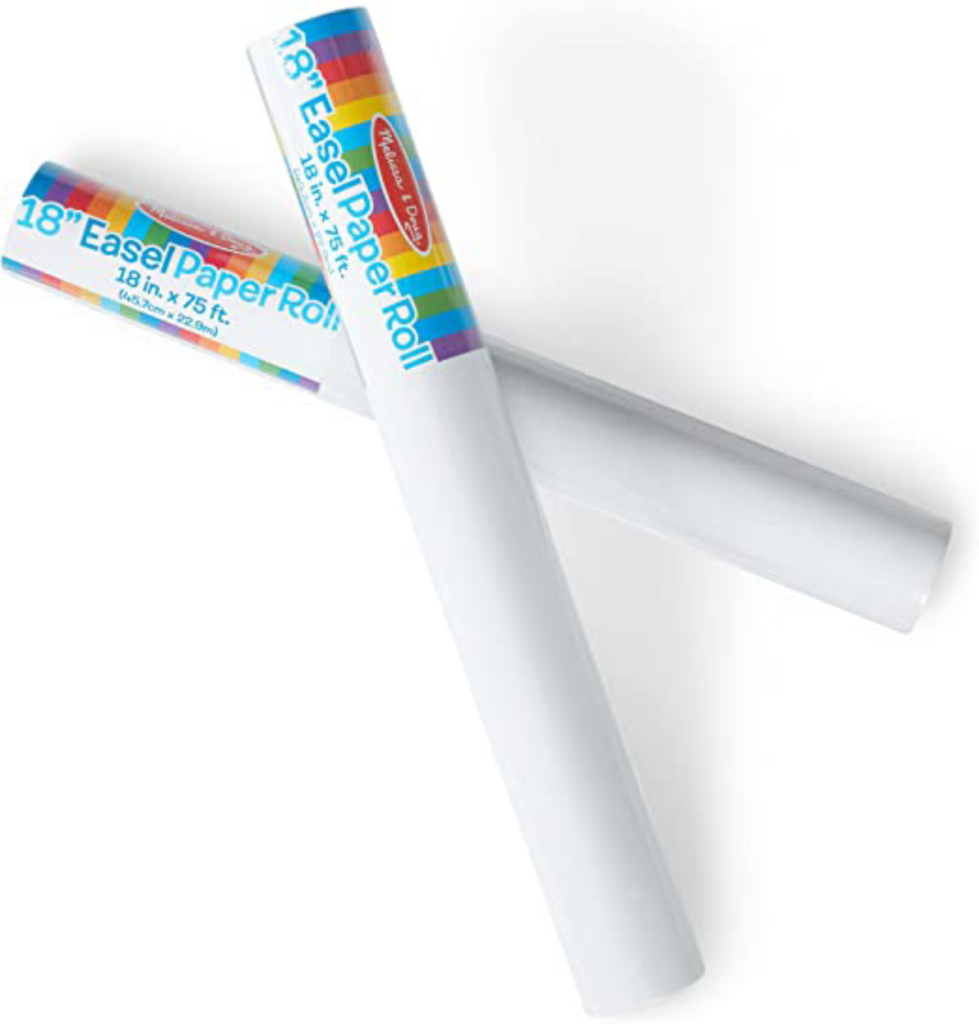Making math fun helps preschoolers take more risks in their learning. This is so important for early learners! Mystery Shapes is a fine motor activity in which toddlers and preschoolers practice pencil grip and strengthen 2D shape recognition through play.
RELATED: Mystery Shapes is just one of the 40+ activities for kids at home that we love to share with you!

What preschool math activities need
Math activities need to involve prediction and problem-solving. Prediction and surprise make learning shapes much more fun than what may be drawn on a worksheet.
And if you have been here before, you know that many activities are better off not on a worksheet. My mission is to help you create more hands-on learning opportunities in your home.
Setting activities like this one is even faster than pressing print and waiting for it to come out of the printer!
RELATED: I have a special love for hands-on math activities, so I put them all together.

What shapes should your preschooler know?
The following shapes are essential for your preschoolers to recognize in fun activities and identify in their environment.
- Circle
- Hexagon
- Octagon
- Rectangle
- Rhombus (diamond)
- Square
- Triangle
But here’s the catch. Learning the shape activities is necessary, but what is even more important is paying attention to the number of sides and corners a form may have.
According to the Common Core, children in Kindergarten analyze and compare two- and three-dimensional shapes in different sizes and orientations.

We can begin the shape attributes now with our preschoolers. Children love to examine shapes more in-depth and count the number of lines they may have.
The trick is that we have to ask.
I use broken crayons with my toddler to help improve his pencil grip!
RELATED: This hands-on shape-matching game will get your preschooler moving!

How long does it take to set up Mystery Shapes?
Faster than you can say shapes. Okay, not that fast, but you get what I am alluding to. It is quick and easy — just the way we like to keep kid activities here. If shapes are something your toddler or preschooler is interested in, be sure also to check out these 20 shape activities for preschoolers.
Set up
- Tape down your white paper roll.
- Add your dot stickers to create the corners of each shape.
- Place the matching markers to the left of the paper. Why the left? This intentional placement will help begin tracking their left to right.
- Invite your preschooler to draw lines to connect the dots to discover the mystery shape.
I played with my three-year-old and five-year-old a little differently.
As my five-year-old connected, I also asked him to count and write the number of sides for each shape. I also made his shapes more difficult by adding a hexagon. Notice I added a number line from the painter’s tape when he was confused with number formations. These resources help him feel confident and take chances rather than give up.

Supplies
These simple supplies are easy to store and have many uses.
Days with Grey is a participant in the Amazon Services LLC Associates Program, an affiliate advertising program. As an Amazon Associate, I earn from qualifying purchases. Read more about these links in my disclosure policy.

Dot Stickers
What can these be used for? Just about any toddler or preschool activity. We love this pack!

Washable Markers
Share these markers with your kids, or keep them for yourself. I am not one to judge, but I keep my markers separate.

White Paper Roll
This paper is a staple in our home. It can be placed on a table or a vertical surface. There are so many uses for it!
Pro Tips
Using the term rhombus rather than diamond will be a valuable way to set your child up for success down the road!
Think about this: A diamond is a gem or stone. A rhombus is a geometric shape. Begin to use the term rhombus early on.
RELATED: Use shapes to make fun figures such as snowmen.
Conversations that help
Here is how this redirecting looked as my three-year-old connected the dots to encourage deeper thinking.
Good work! Which shape did you make?
You’re right- it’s a rectangle! Let’s count the number of sides together. (I’m dragging my marker from dot to dot as we count together.)
One, two, three, four! You’re right! A rectangle has four sides.
Notice how this is shown by example. I didn’t tell my three-year-old that he did something wrong because he didn’t! He is creative and can sometimes fall into imaginary play. I encourage that.
I swooped in to reinforce the objective, and then we swiftly carried on to the next shape.
You can do this at home! Encourage your child to take the lead and passively help along the way when needed.
You can make this shape activity for your preschooler today!

Craving a calmer morning?
Breakfast Invitations are simple learning games that begin the day with play.
FAQ about learning shapes
Use the environment to begin teaching shapes. Point out shapes you see on walks and inside the house. Talk about how many sides (vertices) the shape has and how many corners. A side is a line segment, and a corner is where the two sides meet. Talk about how the stop sign is an octagon and what you notice about rectangular street signs.
1. Sort toys by shape.
2. Graph shapes on paper.
3. Look for shapes outside.
4. Go on a 3D shape hunt inside the pantry.
5. Explore geoboards.
6. Play with Pentominoes.
7. Use this STEM and math toy list for exceptional shape tools!
What a great start! Begin with the shapes your child already knows and build on one shape at a time. The circle, square, rectangle, and triangle are good 2D shapes to introduce first.




